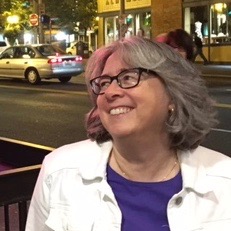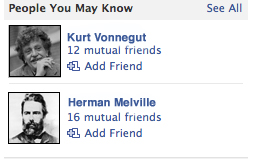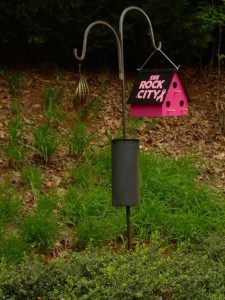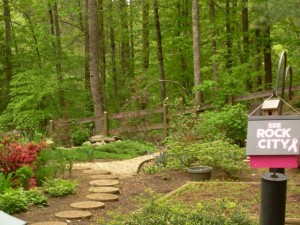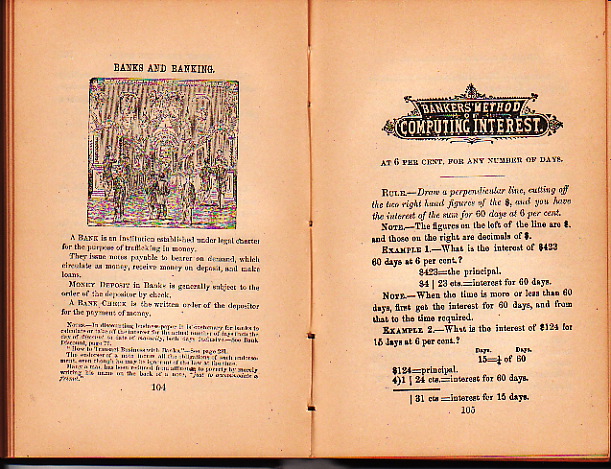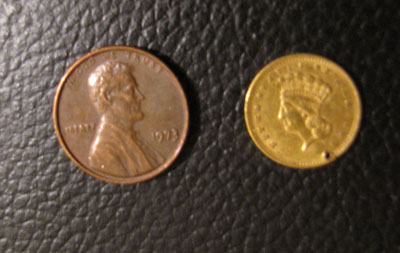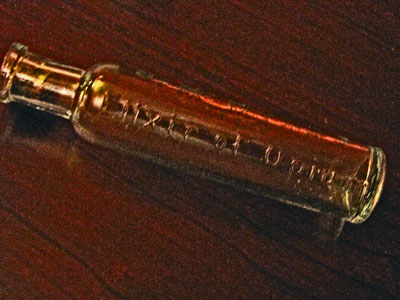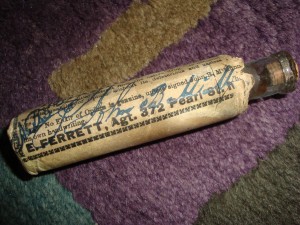I’ve had several conversations lately about comic/satirical novels and found myself wanting to recommend some of my favorites, but struggling to remember titles and authors. So, I thought I’d compile a list of the ones I’ve really enjoyed over the years. Next time I have that conversation I can point people toward this list. Keep in mind that by “comic” I mean “darkly comic.”
Bonus points: if you use the links to order them from Amazon.com, my nonprofit organization WriterHouse will benefit. Buy from your local indie, though, if you still have one.
I’ll try to keep adding to the list as I think of more. Comment below if you have suggestions for titles to add.
- Cooking with Fernet Branca by James Hamilton-Paterson
- The Lecturer’s Tale by James Hynes
- After the Workshop by John McNally
- Pest Control by Bill Fitzhugh
- Cross Dressing by Bill Fitzhugh
- Company by Max Barry
- The Normals by David Gilbert
- The Ask by Sam Lipsyte
- The Debt to Pleasure by John Lanchester
